As well as being the centre of the voodoo religion, from the 17th to the 19th century, Ouidah in southern Benin was a major slave-trading post. In a scenario that was repeated across West Africa, captives were brought here to be sold to merchants who then shipped them across the Atlantic to satisfy the demand for slave labour in the plantations and mines of the New World. An estimated fifteen million Africans were sent; two million of these left from Ouidah. The vast majority of them were forced, in chains, to walk four kilometres from where they were held to the beach. As part of our recent West Africa tour, we had the opportunity to walk in their footsteps with a guide to explain their story to us. It was a very interesting and moving experience which gave us all a much greater understanding of this terrible period in our shared history.
In this article
The Ouidah Museum
The Ouidah Museum is housed in a former fort built by the Portuguese in 1721 to imprison captives destined to be slaves on their plantations in Brazil. It remained in Portuguese hands during the time that the rest of the country was the French colony of Dahomey. In fact, the Portuguese occupied the fort until 1961, the year after Dahomey gained its independence.
Most of the captives who came here had walked for many nights chained together. Their captors made them move at night to disorientate them and make it harder for them to return home if they escaped. They were held in the fort until the day of the next slave market.
Today, the fort is used as Ouidah’s museum. There are many grizzly artefacts on show, none more sickening than the neck shackles used on the captives, including tiny ones for the children! It is also the starting point for the slave route.
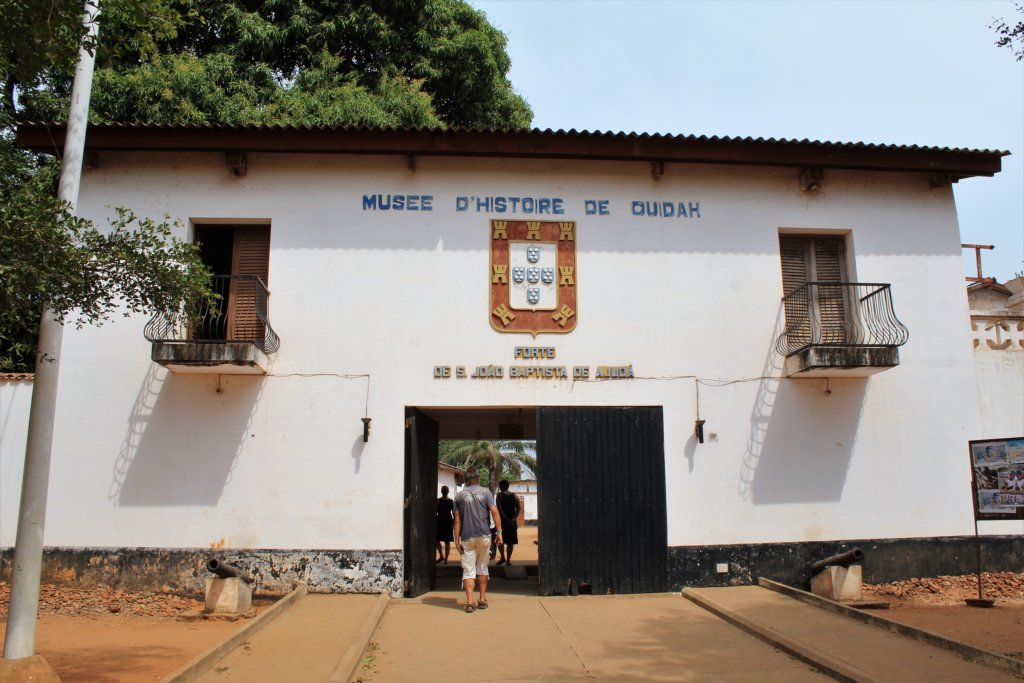
The Slave Route
As our guide, Emmanuel, explained, there are seven steps along the slave route.
1. The Slave Market
From the fort, the captives were taken the short distance to Place Chacha in the centre of town. It was here, under the tree that still occupies the square, that traders came to inspect the captives. They checked their teeth as an indicator of good health and strength. They then held an auction with the slaves going to the highest bidder.
The square was renovated in 1999 using money from the German government. A statue was erected to indicate that this is where the slave market was held.
Adjacent to the square is a palace built by Don Francisco de Souza, a Brazilian of humble origins who became the richest and most important slave trader in West Africa. Emmanuel told us that his descendants still own the house; they use it as a holiday home!
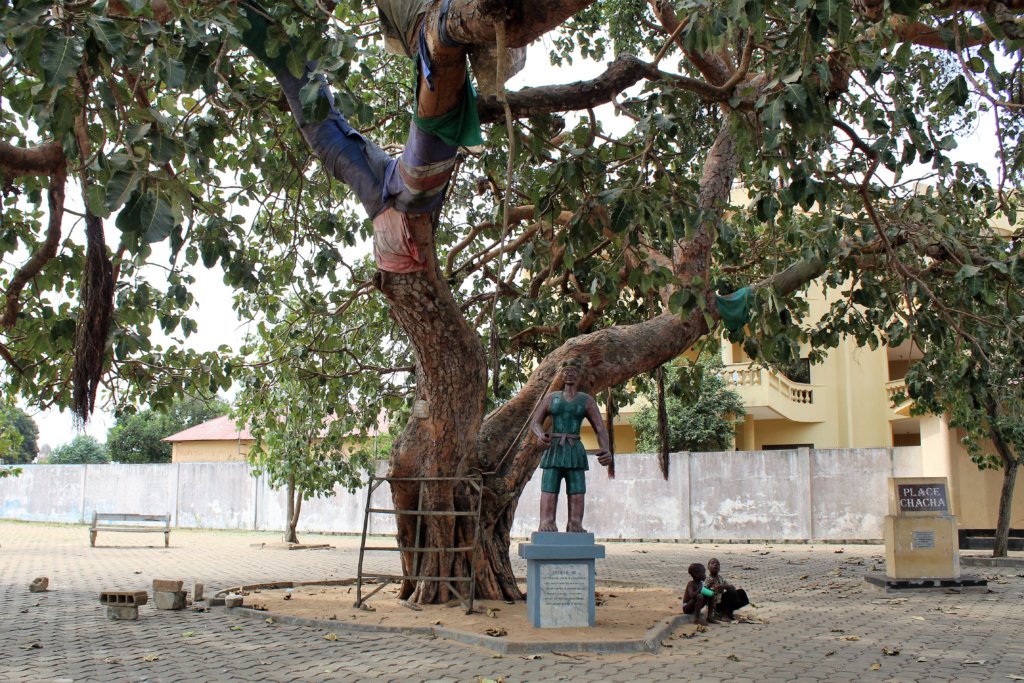
2. Slave Branding
Once the traders had chosen their slaves, they would take them to an area across the street from the square to get them branded so that everyone would know who they belonged to, and to dehumanise them further.
3. The Tree of Forgetfulness
As they set off on the long walk to the ships, the slaves would be made to walk around a particular tree which became known as the ‘tree of forgetfulness’. The tree is no longer there, but there is a statue and a plaque to mark the spot. Women had to walk around the tree seven times and men nine times. The idea was that they would then forget their identity, their culture, their history, and become a blank canvas for their slave masters.
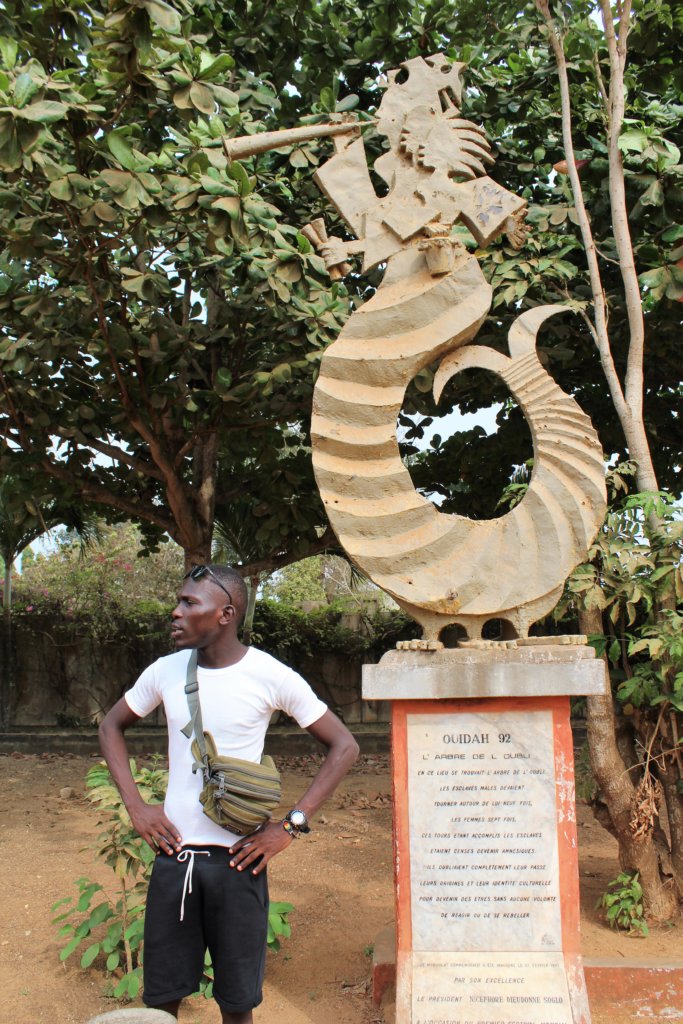
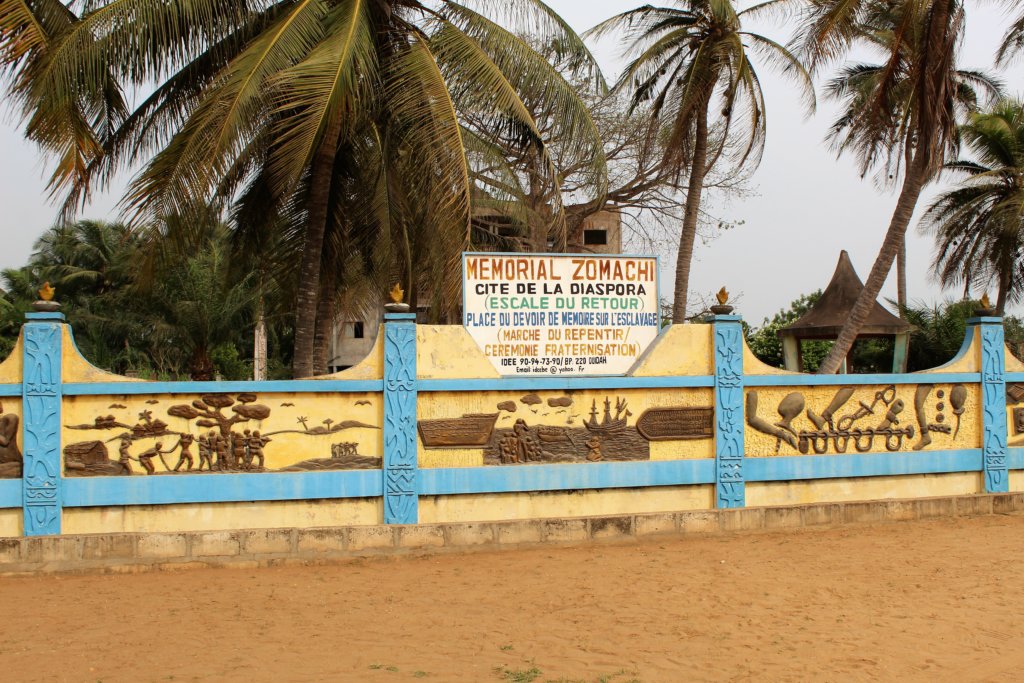
4. The Darkness Rooms
The next step on the slave route involved captives being held in stone cells with no light whatsoever. They were kept in these until the next slave ship was ready to sail which could be days, weeks, or even months. They were given bread and water once a day. This was part of a plan to rid slaves of their rebellious nature and disorientate them so that they lost all sense of time. Those who had been insubordinate, and those who the slave masters doubted were strong enough to survive the crossing to the New World, were subjected to three full months in the ‘darkness rooms’, chained and locked in the same position with a metal bit in their mouths. Many committed suicide by the only method available to them – suffocation through biting off their own tongue and forcing it into the back of their throat.
The place where the ‘darkness rooms’ were is marked with a plaque. It is also the site of the Zomachi Memorial, a large house built in 1992. The house was never finished, but a series of poignant bas-reliefs depicting the story of the slave route was installed. The place is now used as the venue for an annual festival of reconciliation held on the third Saturday in January. Descendents of both slaves and slave masters come together to remember and honour their forefathers and to request forgiveness for those who perpetrated the injustices.
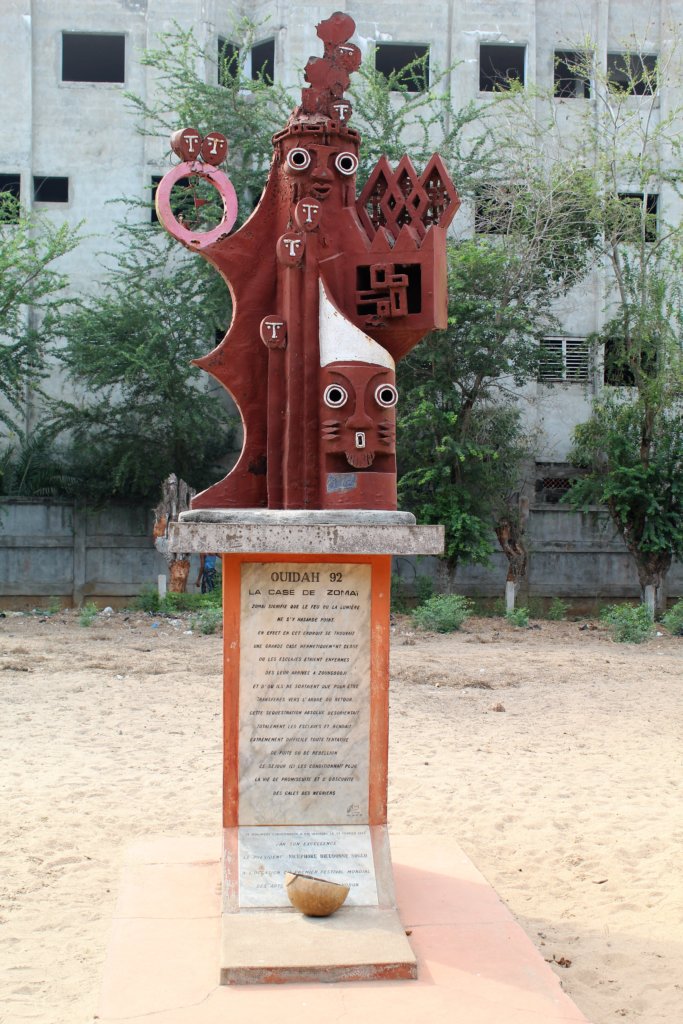
5. The Cemetery of Slaves
When their time in the ‘darkness rooms’ was up, the dead and the dying were thrown in the ‘common hole’, a deep pit in the ground. Today, the Cemetery of Slaves is marked with a modern monument where brown represents the slaves, red represents their blood, and black is their chains.
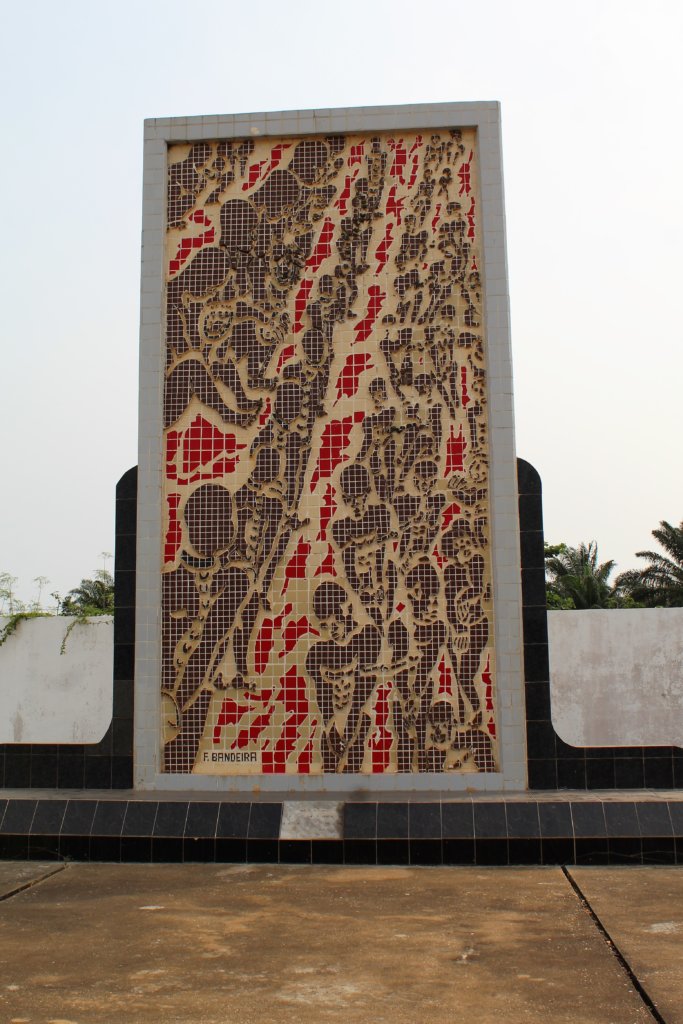
6. The Tree of Return
The Tree of Return is still there. If slaves made it this far and still had their wits about them, they would walk around this tree three times, believing that if they did so, and they later died outside of Africa, their sole would return to their homeland.
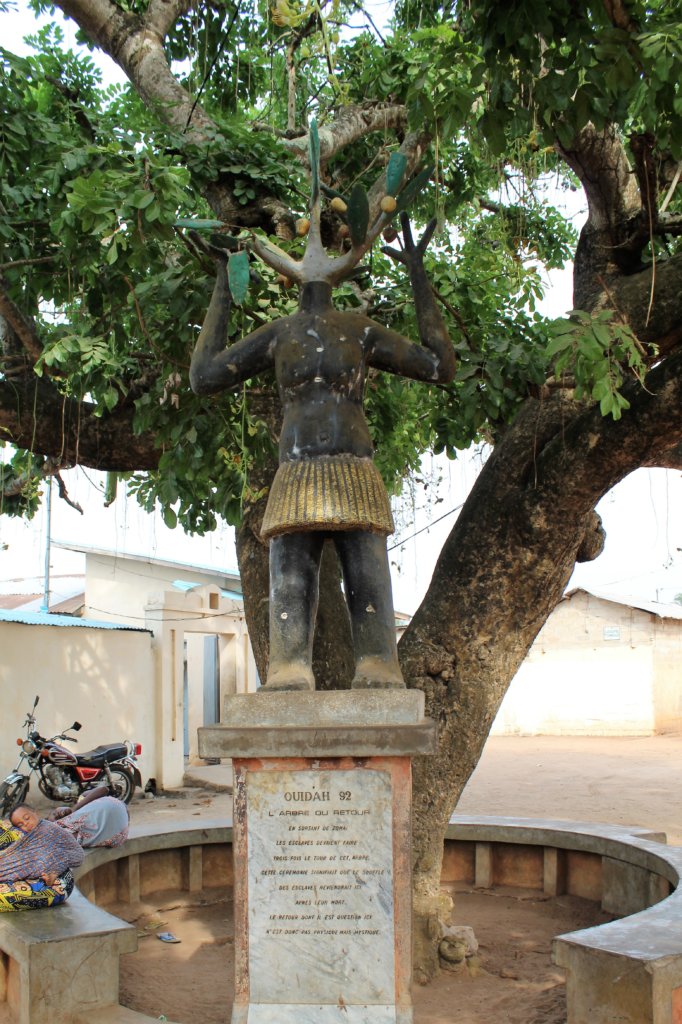
7. The Gate of No Return
When the slaves reached the beach at Ouidah, they were put in small boats and rowed out to the slave ships. Today, there is a symbolic monument to mark where this happened. The slaves knew they would never come back to Africa; hence, the monument is known as ‘The Gate of No Return’.
In the days of the slave trade, 1000 slaves would be packed onto each ship. They would be shackled at the neck, wrists and ankles and laid down. The women would be laid face up and the men face down so that the slave masters and their staff could rape whoever they wanted to. By the time they arrived at their destination, at least half of them would be dead.
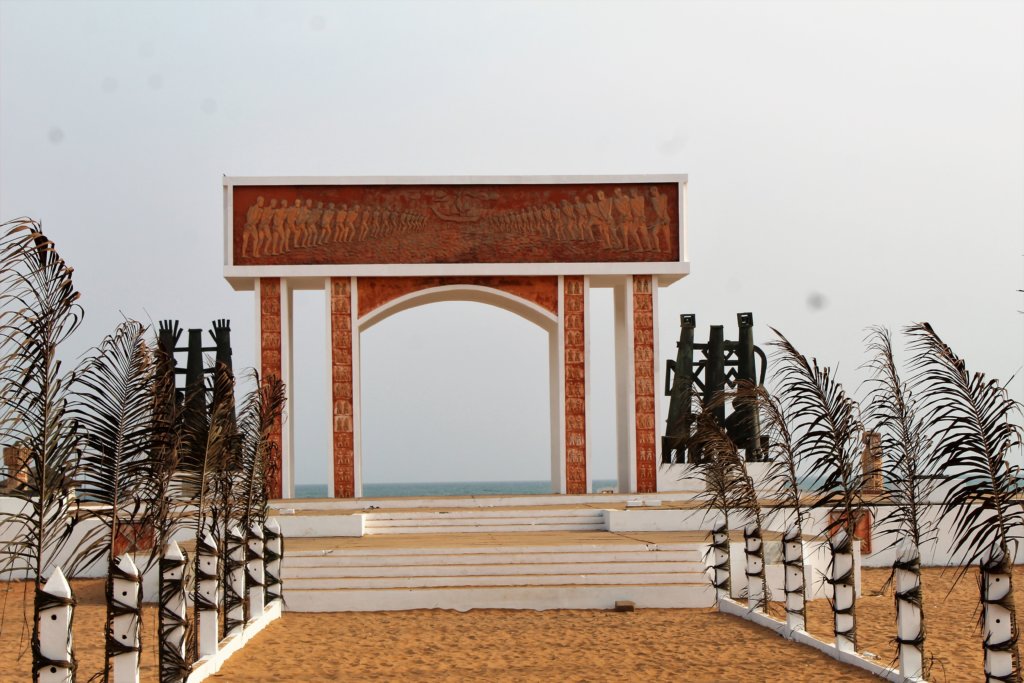
CLICK HERE TO READ MY BENIN TRAVEL GUIDE
BOOKS ABOUT WEST AFRICA!
BOOK YOUR OWN TOUR OF WEST AFRICA!
IF YOU ENJOYED THIS POST, PIN IT!!
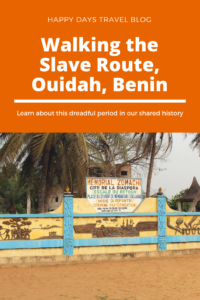
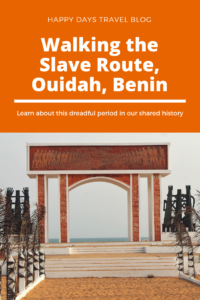
Disclosure: This post contains affiliate links. If you click through for more information, or to make a purchase, it may result in a small commission coming my way. Please note that there is no extra cost to you associated with this. Thank you so much for supporting my site.
Join our mailing list

Sign up to receive our monthly newsletter. Keep up with what we're doing and be the first to receive special offers and insider tips.

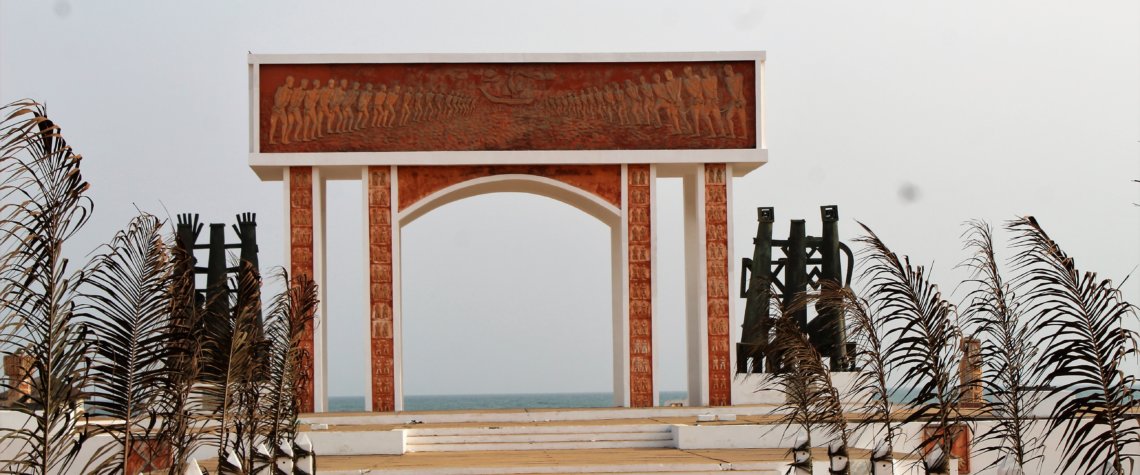
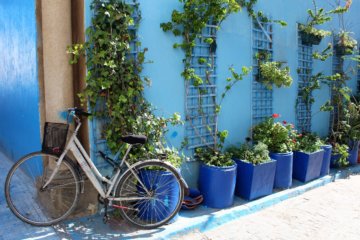

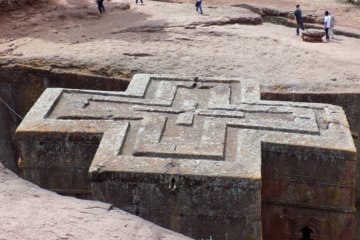
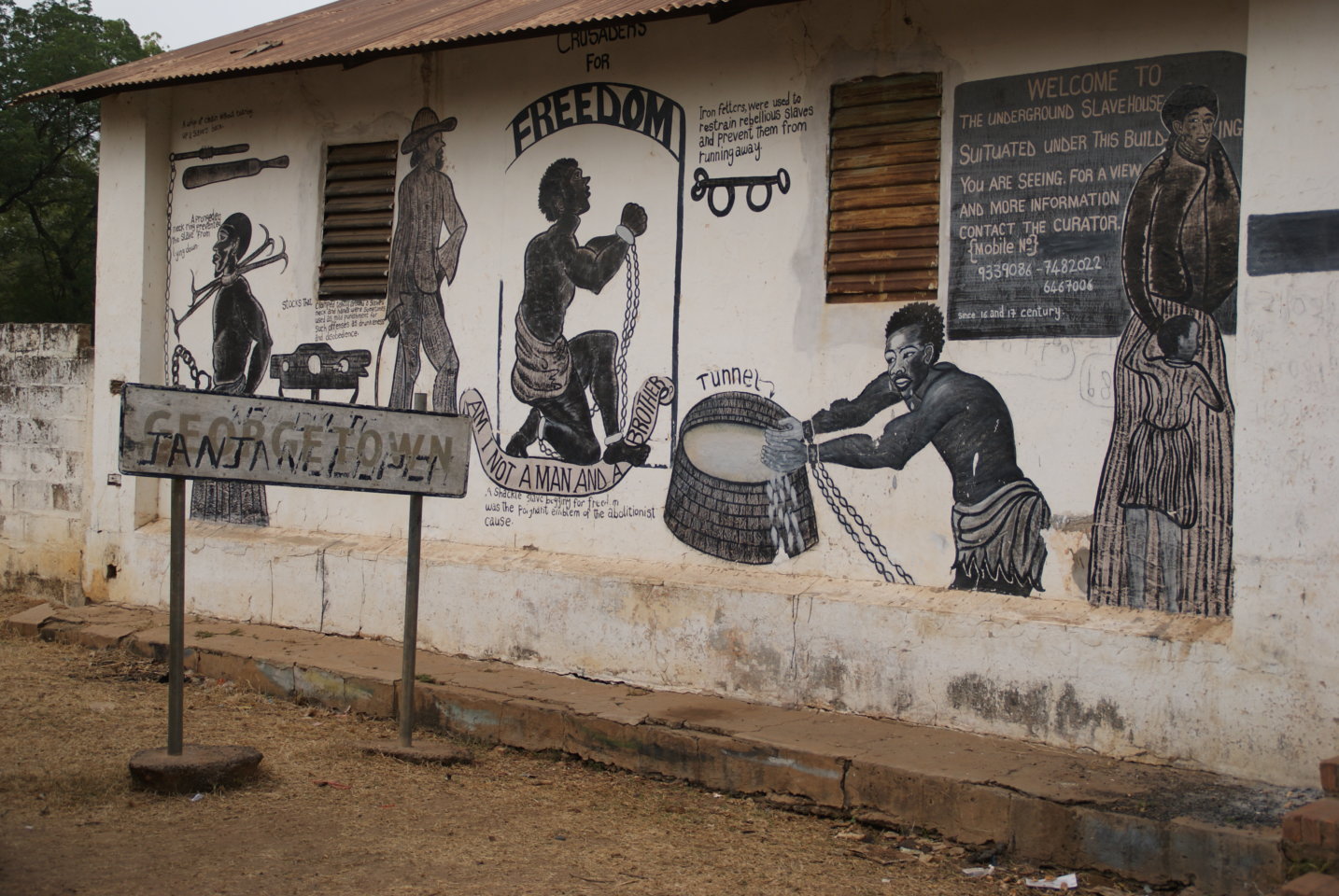

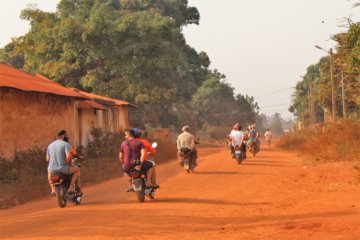







I was looking to your great post and, just sow a portuguese sighn on the museum. We portugueses did a lot of bad things on our history.. Loved to learn, tanks for sharing
Thank you for taking the time to comment. It certainly wasn’t just the Portuguese – the British did an awful lot of terrible things that make us ashamed nowadays. I think it’s important to learn about it and make sure it never happens again.